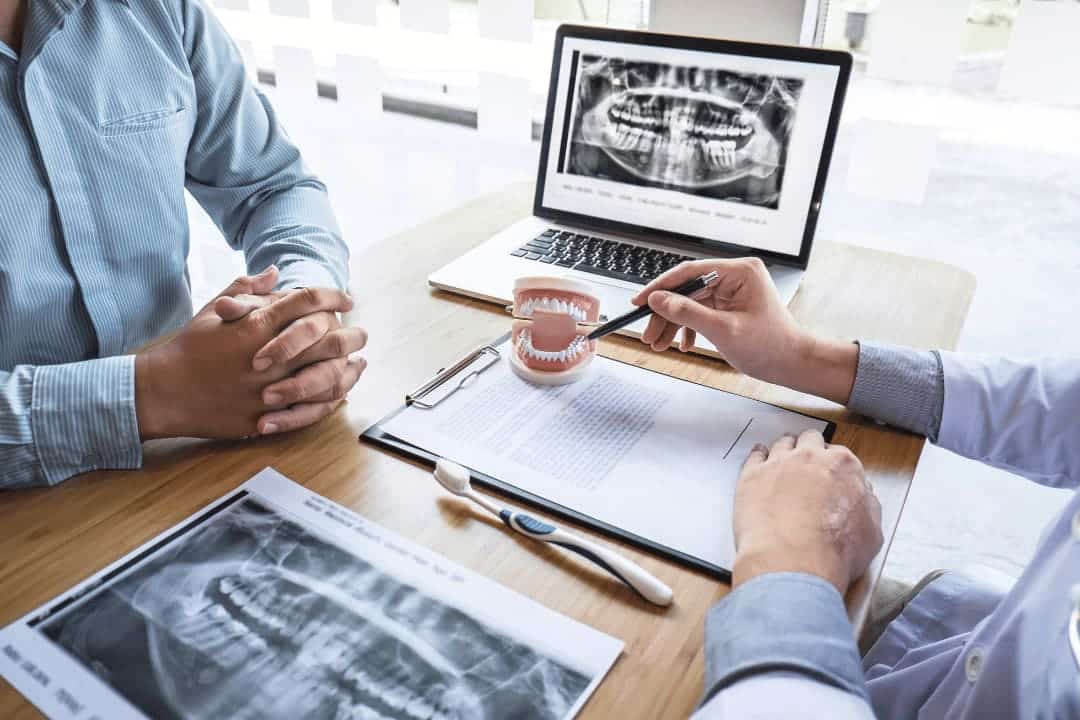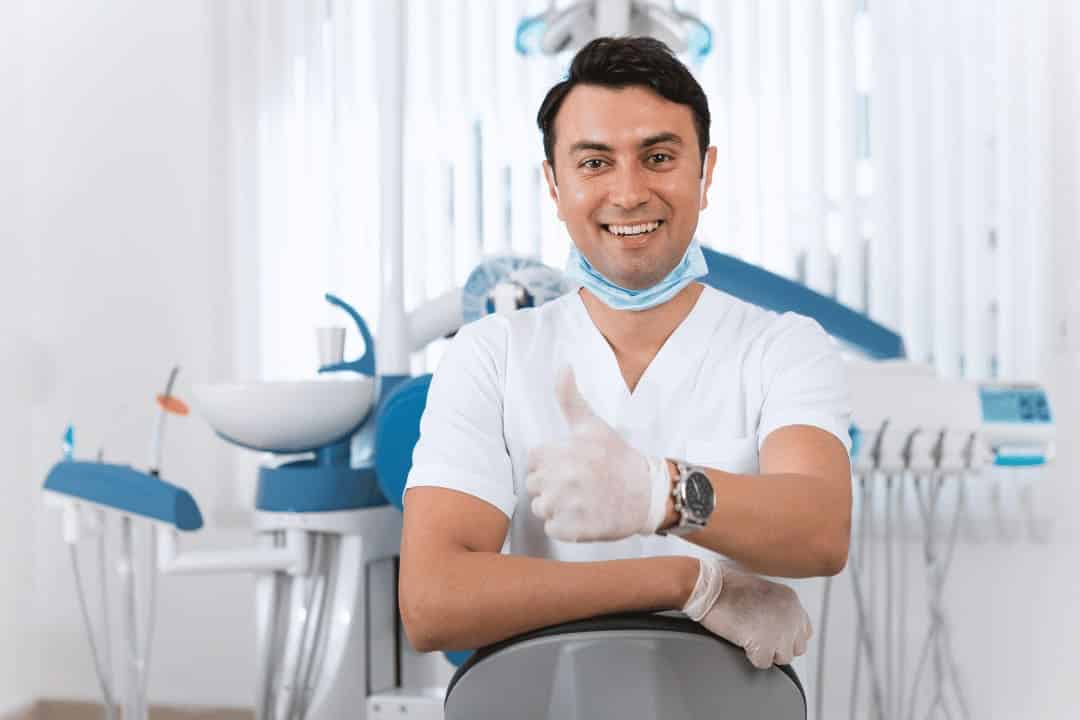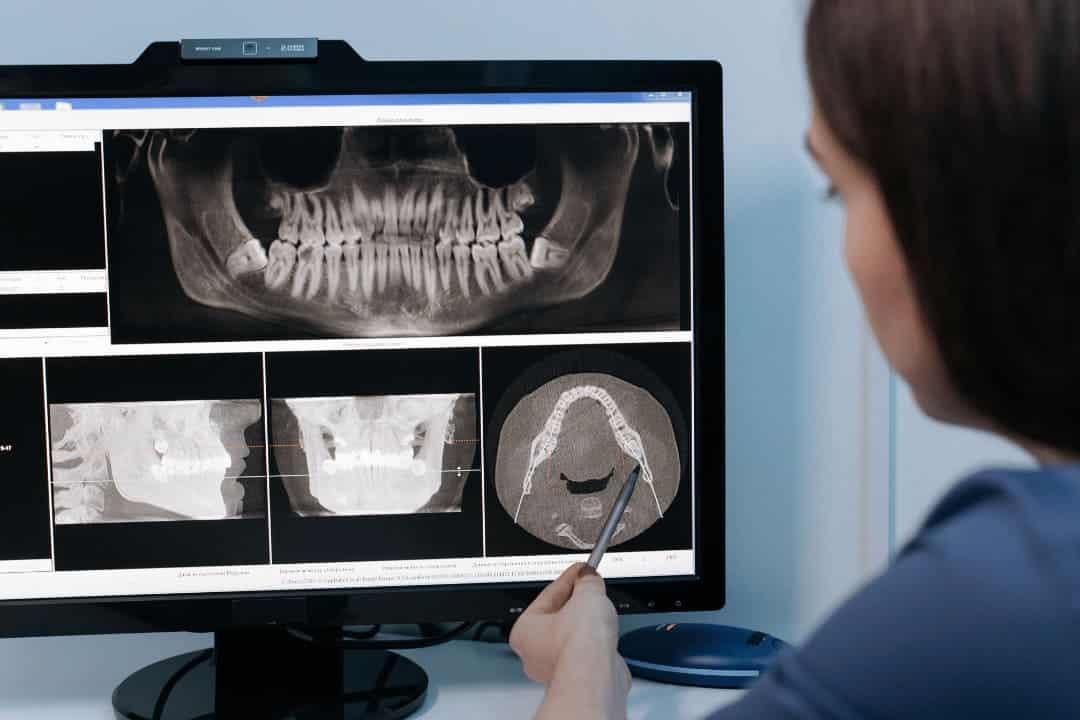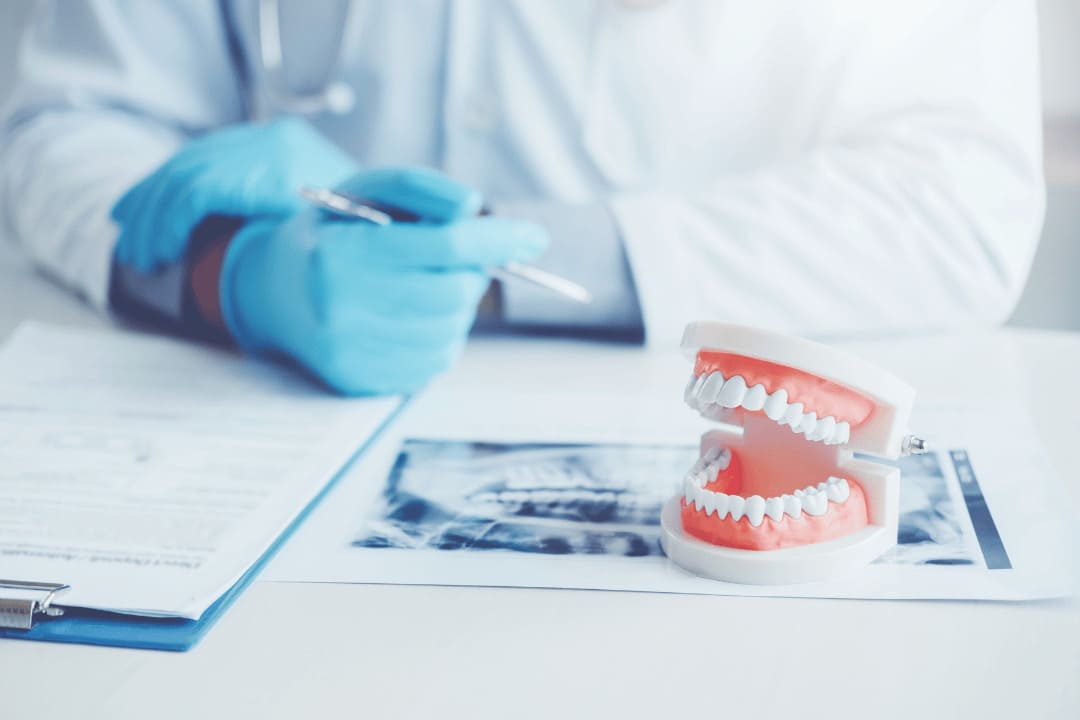Walking into your first orthodontic appointment is an exciting milestone for new patients. You’re taking the first step toward a healthier, more confident smile but it’s natural to feel a little nervous if you don’t know what’s coming. The great news? Your first orthodontic visit is designed to be comfortable, informative, and all about you.
Instead of jumping straight into treatment, your orthodontist will focus on understanding your concerns, examining your teeth and bite, and guiding you through the next steps. By the end of your first visit, you’ll have a clear idea of your treatment options, costs, and what the journey ahead looks like.
This guide will walk you through the process so new patients know what to expect and feel prepared when stepping into the orthodontist’s office.
Why the First Orthodontic Consultation Matters
That first consultation is more than just a quick look at your teeth; it’s the foundation for your entire orthodontic journey. Orthodontists specialize in diagnosing and correcting bite issues, misalignment, and spacing concerns, but every patient’s smile is unique.
During your first visit, your orthodontist will:
- Take time to listen to your goals and concerns.
- Examine your teeth, bite, and jaw function.
- Gather detailed records like X-rays and photos.
- Present personalized treatment options tailored to your needs.
Think of it as a partnership. Your orthodontist provides expertise, but you play an active role by asking questions, sharing your expectations, and making informed choices about your care.
Step One – A Warm Welcome and Initial Evaluation
The first step in your orthodontic journey is a warm introduction. Many practices have friendly treatment coordinators who guide you through check-in, paperwork, and what to expect during your appointment. You’ll share your dental and medical history, including any previous orthodontic treatment, habits like teeth grinding, or ongoing concerns like jaw pain.
Next comes the initial evaluation. Your orthodontist will carefully examine:
- Tooth alignment: Are your teeth crowded, gapped, or rotated?
- Bite position: Do your upper and lower teeth fit together properly?
- Jaw function: Are there signs of stress, TMJ issues, or asymmetry?
This hands-on exam helps your orthodontist determine whether you may benefit from braces, clear aligners, or another approach.
Step Two – Diagnostic Records and Imaging
A key part of your first visit is collecting diagnostic records. These records give your orthodontist a complete picture of what’s happening beneath the surface, not just what’s visible in the mirror.
Most orthodontists will recommend:
- Digital X-rays to see the roots of your teeth, jawbone, and growth patterns.
- Intraoral and facial photos to document your smile and bite from multiple angles.
- 3D scans or impressions to create a precise model of your teeth.
These tools allow your orthodontist to detect hidden problems, like impacted teeth or skeletal misalignments, and craft a treatment plan that addresses both function and aesthetics.
Step Three – Personalized Treatment Discussion
After gathering all the information, your orthodontist will sit down with you for a detailed discussion. This is often the most reassuring part of the appointment because you’ll walk away knowing exactly what your path forward looks like.
Expect your orthodontist to explain:
- Treatment options: Braces (metal, ceramic, or self-ligating), Invisalign or other clear aligners, or specialized appliances.
- Estimated timeline: How long treatment is expected to take based on your case complexity.
- Cost and financing: Clear information about pricing, insurance coverage, and payment plan options.
- Next steps: Whether you’ll need extractions, space maintainers, or can start treatment right away.
The goal is not to pressure you into making a decision, but to ensure you feel confident and informed.
Step Four – Setting Expectations for the Journey Ahead
Orthodontic treatment is an investment in your health and confidence, and it’s important to know what life will look like once you begin. Your orthodontist will talk you through daily responsibilities, such as:
- Oral hygiene routines to keep your teeth and braces clean.
- Diet adjustments (if you choose braces) to avoid sticky or hard foods.
- Follow-up visits every 6–10 weeks to monitor progress.
- Commitment to wear time (for aligners) to get the best results.
By setting expectations early, you avoid surprises and feel more in control of your treatment.
Questions You Should Ask at Your First Appointment
Walking into your consultation prepared with questions makes the visit even more valuable. Here are a few to consider:
How Long Will Treatment Take?
Most orthodontic treatments last between 12-36 months, depending on the complexity of your case. Ask your orthodontist for a timeline specific to you.
What Are My Options?
From traditional metal braces to nearly invisible aligners, you may have multiple paths to achieve your smile goals. Understanding the pros and cons of each option ensures you choose the one that best fits your lifestyle.
What Will It Cost?
Orthodontic treatment is an investment, but most practices offer financing options to make it manageable. Don’t hesitate to ask about payment plans, insurance coverage, and flexible scheduling.
How Often Will I Need Appointments?
Follow-up visits are necessary to adjust braces, replace aligner trays, or track progress. Knowing the frequency helps you plan ahead.
What Happens if Something Goes Wrong?
Whether it’s a broken bracket or a lost aligner, your orthodontist should explain their emergency protocols so you know what to do.
Addressing Common Concerns for First-Time Patients
It’s normal to have questions and even worries before starting orthodontic treatment. Let’s clear up a few common concerns:
“Will it hurt?”
Modern orthodontics is far more comfortable than many people expect. While you may experience mild soreness after adjustments or starting aligners, it usually fades within a few days.
“Do I have to wear braces if I don’t want them?”
Not necessarily. Clear aligners are an option for many patients, offering a discreet, removable alternative to traditional braces.
“Is it just for kids and teens?”
Absolutely not. Adults make up a growing percentage of orthodontic patients, with options designed to fit professional and personal lifestyles.
“What if I’m nervous?”
Orthodontists understand first-time jitters. Many offices offer flexible consultations, gentle explanations, and supportive staff to make your experience positive from day one.
The Benefits of Early Orthodontic Visits for Kids
If you’re a parent, it’s worth noting that the American Association of Orthodontists recommends a first checkup by age 7. That doesn’t mean your child will get braces immediately, it’s about catching issues early.
Benefits of early visits include:
- Guiding jaw growth for better alignment.
- Making space for permanent teeth.
- Reducing the need for extractions later.
- Addressing habits like thumb sucking or tongue thrusting.
Even if your child doesn’t need treatment right away, your orthodontist can monitor their growth and recommend the ideal time to start.
What Happens After the First Visit?
Depending on your readiness, some patients begin treatment the same day as their consultation, while others schedule a follow-up appointment to start. After your first visit, you’ll receive:
- A clear summary of your treatment plan.
- Cost estimates and financing options.
- A proposed start date.
If you choose aligners, your orthodontist will order custom trays. If braces are the plan, you may schedule a separate appointment to have them placed.
Get to Know Smile Design Orthodontics
At Smile Design Orthodontics , our mission is to make your first orthodontic visit stress-free and informative. We’ve helped patients across Mallett Rd, D’Iberville, United States transform their smiles with braces, Invisalign, and advanced orthodontic treatments for children, teens, and adults.
Our experienced team is here to answer every question, guide you.Call us today to schedule your first consultation through the process, and make sure you feel confident at every stage of your journey. and take the first step toward the healthy, beautiful smile you deserve.




